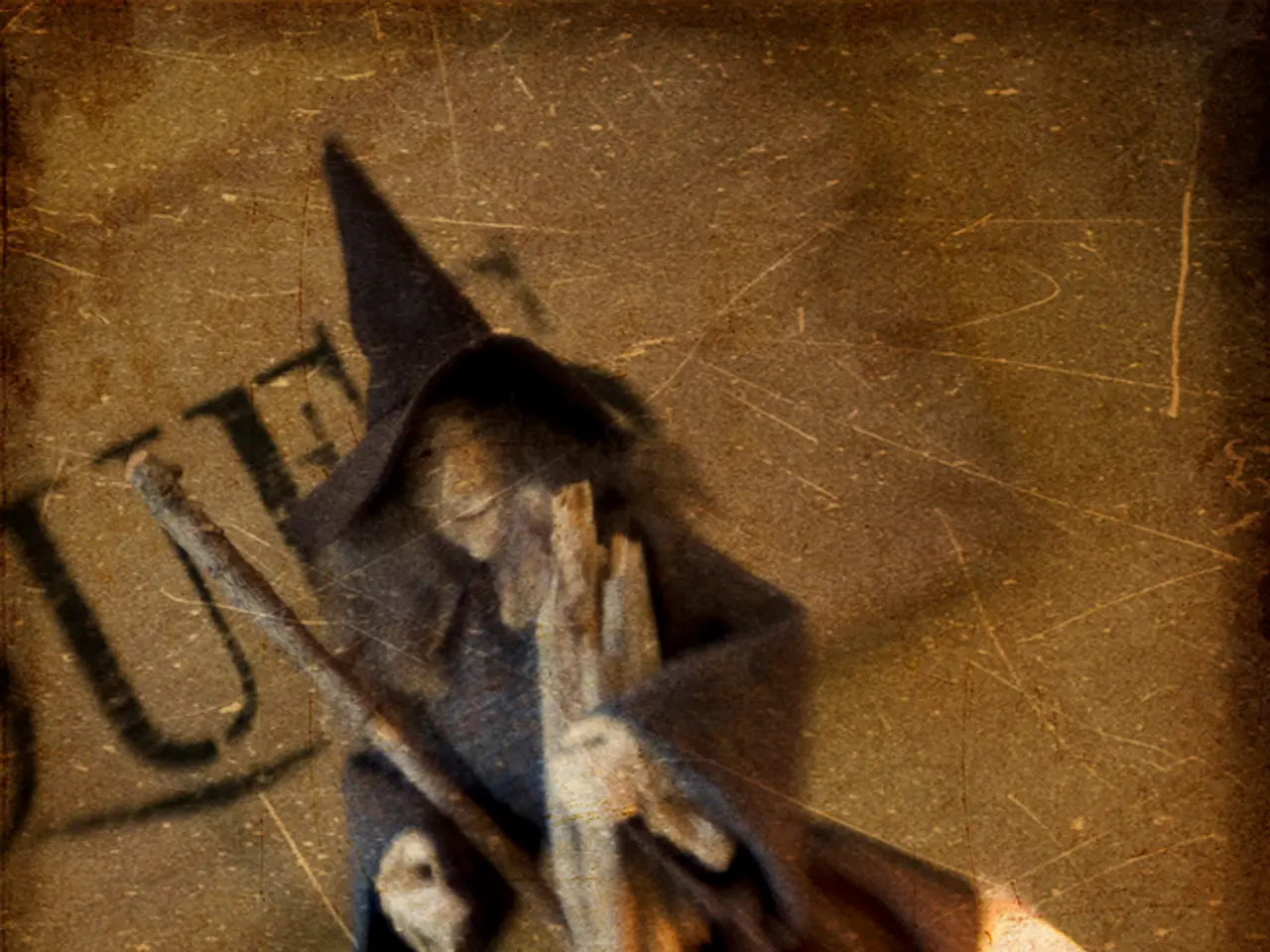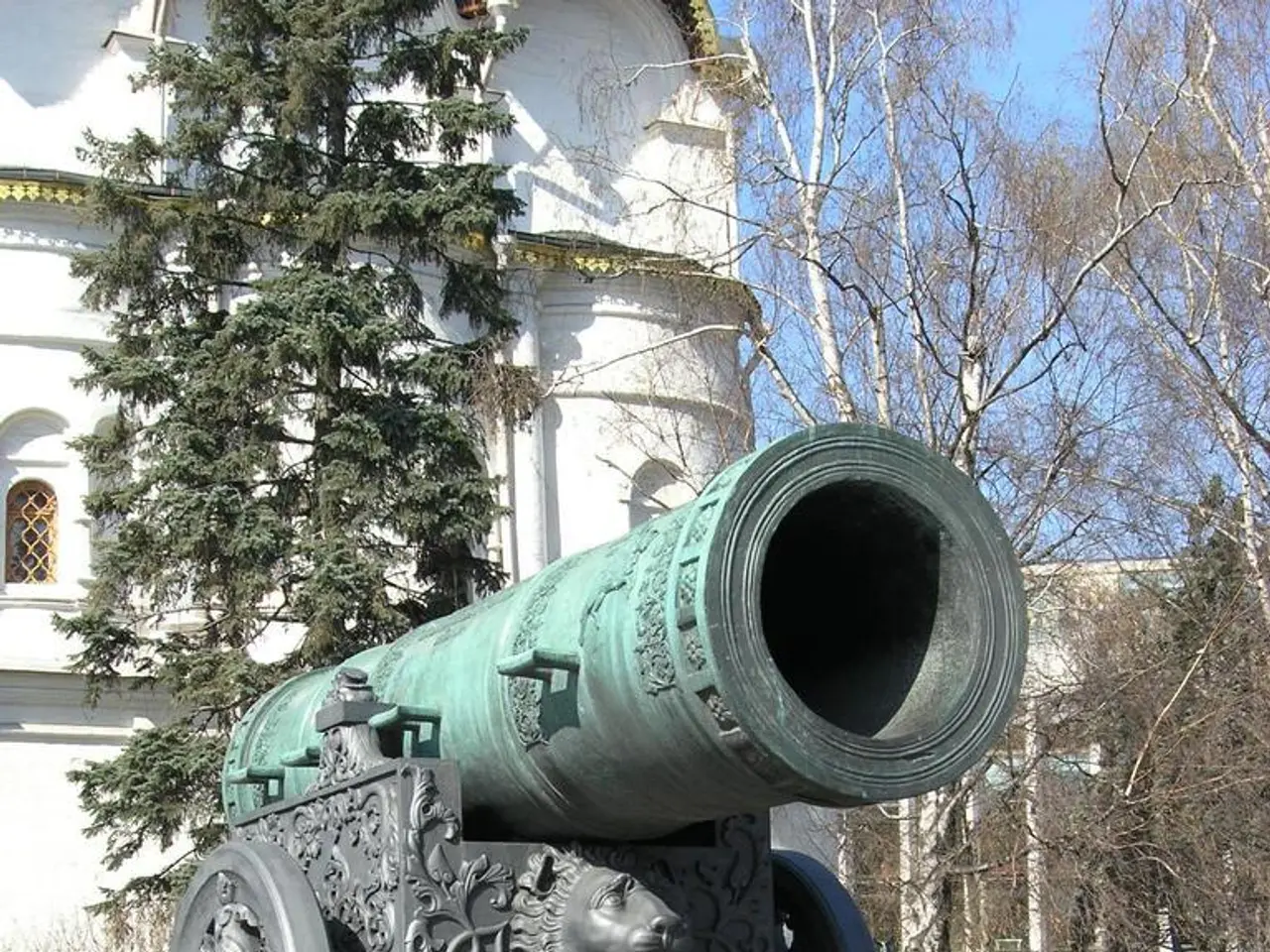Alteration of 'Nosferatu' Portrayal within Vampire Mythos
In the early 20th century, a term that once lingered in the shadows of obscure folklore emerged into the limelight of popular culture. This transformation was largely due to the 1922 German silent horror film, Nosferatu: Symphony of Horror, an unauthorized adaptation of Bram Stoker's Dracula.
The term "Nosferatu", which likely originates from an archaic Romanian word like nesuferitu, meaning "the insufferable one" or "the offensive one," was popularized by the 1922 film. Bram Stoker, in his novel Dracula, did not originally use the term "Nosferatu"; rather, it was a term he encountered in studies of Transylvanian folklore by British writer Emily Gerard and used as a synonym for "vampire" in relation to Dracula and similar creatures [2].
The 1922 film, despite using a different title and altering character names to navigate copyright issues, maintained the vampire theme. This adaptation helped establish "Nosferatu" as a broader term in horror media to denote vampire-like creatures often linked back to Stoker’s Dracula legacy [3].
Prana Film, a German-based motion picture company, produced this adaptation, which premiered at the Berlin Zoological Gardens on March 4, 1922. The film was acclaimed by audiences and most critics, except for Florence Stoker, the author's widow. However, the studio found itself running afoul of the law as Germany had already signed onto an international agreement protecting the copyright of "literary and artistic works" [4].
In response, Prana Film changed the name and a few other elements of the story to make it an 'original' work, with the vampire going by "Count Orlok" instead of "Count Dracula." Despite a German lawyer's attempt to seek compensation from Prana on behalf of the British Incorporated Society of Authors, the studio had gone bankrupt before the attorney came knocking, and a court ordered that every copy of the movie be destroyed [5].
However, an American print of the film survived the destruction campaign and now resides in the public domain, with countless DVD rereleases and being free to watch on platforms like YouTube. "Nosferatu" has since inspired numerous adaptations, including a stage play adaptation of "Dracula" in 1924, a high-profile remake in the form of Werner Herzog's "Nosferatu the Vampyre" (1979), and the 2013 novel "NOS4A2" by Joe Hill.
The term "Nosferatu" continues to captivate audiences and horror enthusiasts, reminding us of its rich history and the enduring legacy of Bram Stoker's Dracula.
References: [1] "Nosferatu" on IMDb. (n.d.). Retrieved October 24, 2023, from https://www.imdb.com/title/tt0011782/ [2] "Nosferatu" on Wikipedia. (n.d.). Retrieved October 24, 2023, from https://en.wikipedia.org/wiki/Nosferatu [3] "Nosferatu: A Symphony of Horror" on Wikipedia. (n.d.). Retrieved October 24, 2023, from https://en.wikipedia.org/wiki/Nosferatu,A_Symphony_of_Horror [4] "Dracula (1922 film)" on Wikipedia. (n.d.). Retrieved October 24, 2023, from https://en.wikipedia.org/wiki/Dracula(1922_film) [5] "Nosferatu: A Symphony of Horror" on Plagiarism Today. (2018, April 12). Retrieved October 24, 2023, from https://www.plagiarismtoday.com/2018/04/12/nosferatu-a-symphony-of-horror/
"The 1922 film, acknowledged for popularizing the term 'Nosferatu,' served as a pivotal moment in the evolution of movies-and-tv's horror genre, setting a standard for entertainment that still resonates today."
"Beyond the silver screen, the term 'Nosferatu' defined a new subgenre in entertainment, linking it back to the classic vampire theme from Bram Stoker's 'Dracula,' providing a lasting impact on movies-and-tv and the world of horror."








